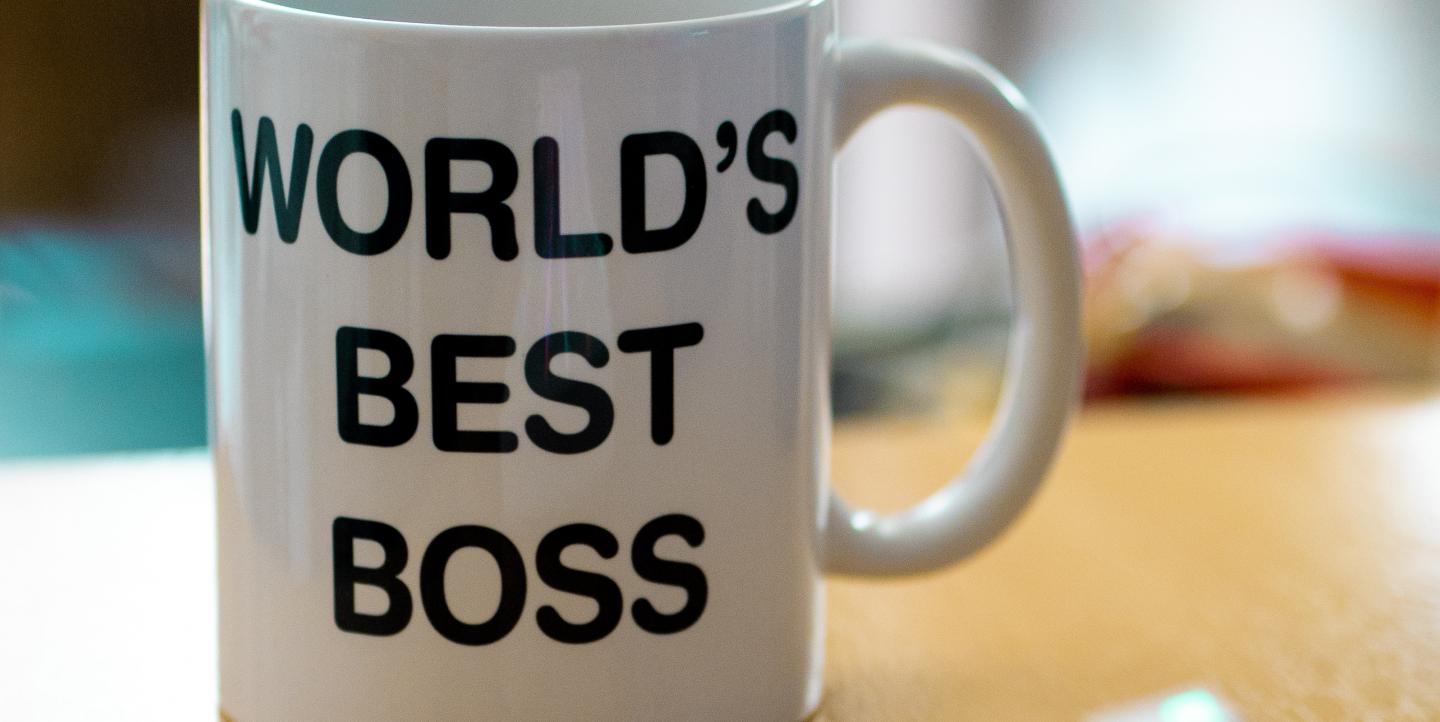Newsroom management can be a balancing act between people and content, and the COVID-19 pandemic has made finding that balance even more difficult. During a recent IJNet/ICFJ Global Health Crisis Reporting Forum webinar AJ+ Supervising Executive Producer Jon Laurence acknowledged the difficult balance and shared ways he and his team have tried to adapt.
“For any editorial manager there are, broadly speaking, two parts of the role: the news side and the people side. And the way that you normally stay sane is by covering up your workload between these two sides,” said Laurence. He explained that most managers will focus on one aspect at a time.
“One of the many problems with the COVID-19 pandemic is that it is probably the most journalistically important story that any of us are going to cover, and it's also probably the most personally draining without access to any of our normal coping mechanisms,” he added. “There's no one size fits all solution, but adaptability, flexibility and listening.”
On content creation during a pandemic:
“As difficult as it is as a manager to know that things are just going to go slower, you have to accept some of that,” said Laurence. “Then slightly change how you commission as well, because you know you want more thoughtful and more evergreen commissions when you know that the turnaround isn't necessarily going to be immediate.”
“We all feel pressure in our personal and professional lives to really do something with this pandemic,” said Laurence. “Just knowing that that's not going to happen all the time, and actually trying to take some of that pressure off people... creativity is more likely to come along.”
“The main way we’ve kind of managed [hiring freelancers] was avoiding putting people in risky situations in the first place — so choosing a lot of stories that could be done outside, choosing a lot of stories that could be done with social distancing, and finding people who were kind of rooted in the communities that they were covering, which was good for both a kind of safety point of view, and an authenticity of coverage point of view,” he said. “And also, not asking a freelancer to do something that we wouldn't ask of someone on staff.”
[Read more: Media sustainability during a pandemic]
On dealing with dealing with mental and physical health while reporting:
“Five years ago, when I started managing, trauma was understood to be something that you saw out in the real world. It was very much a kind of “in the field” thing, and newsgathering operations have protocols to deal with that,” said Laurence. “But in recent years, we’re seeing that you don't have to be physically present at an event to experience a traumatic response as a result of it. Trying to build procedures and processes that are as robust as the ones in kind of traditional newsgathering has been a priority for me, even before kind of COVID-19 happened but I think that COVID-19 made that all the more intense.”
If you are feeling mentally or physically overwhelmed, “I would generally try to schedule a time to talk, especially if you don't have that kind of one-on-one time with your manager regularly, which I know a lot of journalists don’t,” he said. “Then I would say that if that doesn't work, probably escalate it to putting it in writing. The other thing that's important about raising those concerns is just being as solutions focused as possible. Obviously, your manager is there to help you with problems and in a senior position, but I think that when you're kind of going to them and saying ‘I have some ideas about how we could solve it,’ and showing a willingness to give and take when raising those problems is really helpful.”
[Read more: Tips for coping after reporting distressing and traumatic stories]
On addressing team issues through uncertain times:
“[Working from home] is still very much an evolving area. At the start, our instinct was to want everyone to have their cameras on all of the time. We actually didn't realize how draining that was on people,” said Laurence. “The rules, again, are evolving a bit in real time, and that's okay because people are feeling different levels of tiredness and feeling different levels of overwhelmedness. What made sense at the start may not make sense later.”
“I just try and use my position to kind of advocate for as much transparency as possible here, and when those unfortunate decisions do have to be made [like making cuts], then it's just basically about making it clear about how the output expectations will change as a result,” said Laurence. “At any company I've worked at, [people] have always seemed to be most obviously and rightly worried about being asked to do exactly the same amount of work just with fewer people. [Then] people are both under the stress of losing colleagues they valued, and then being asked to do exactly the same level of work.”
On the future of newsrooms:
“It’s still an evolving discussion but I think that definitely greater flexibility has been important to us,” said Laurence. “There's been a lot of conversation about what a return to normal looks like. And actually just as I don't think that society is going to return to the old normal, I think that's true of the press as well… I think that the workflow changes that we've made that are just more efficient in some cases.”
Chanté Russell is a program assistant at the International Center for Journalists.
In partnership with our parent organization, the International Center for Journalists (ICFJ), IJNet is connecting journalists with health experts and newsroom leaders through a webinar series on COVID-19. The series is part of the ICFJ Global Health Crisis Reporting Forum. To see more resources for covering COVID, click here.
Main image CC-licensed by Unsplash via Pablo Varela.


